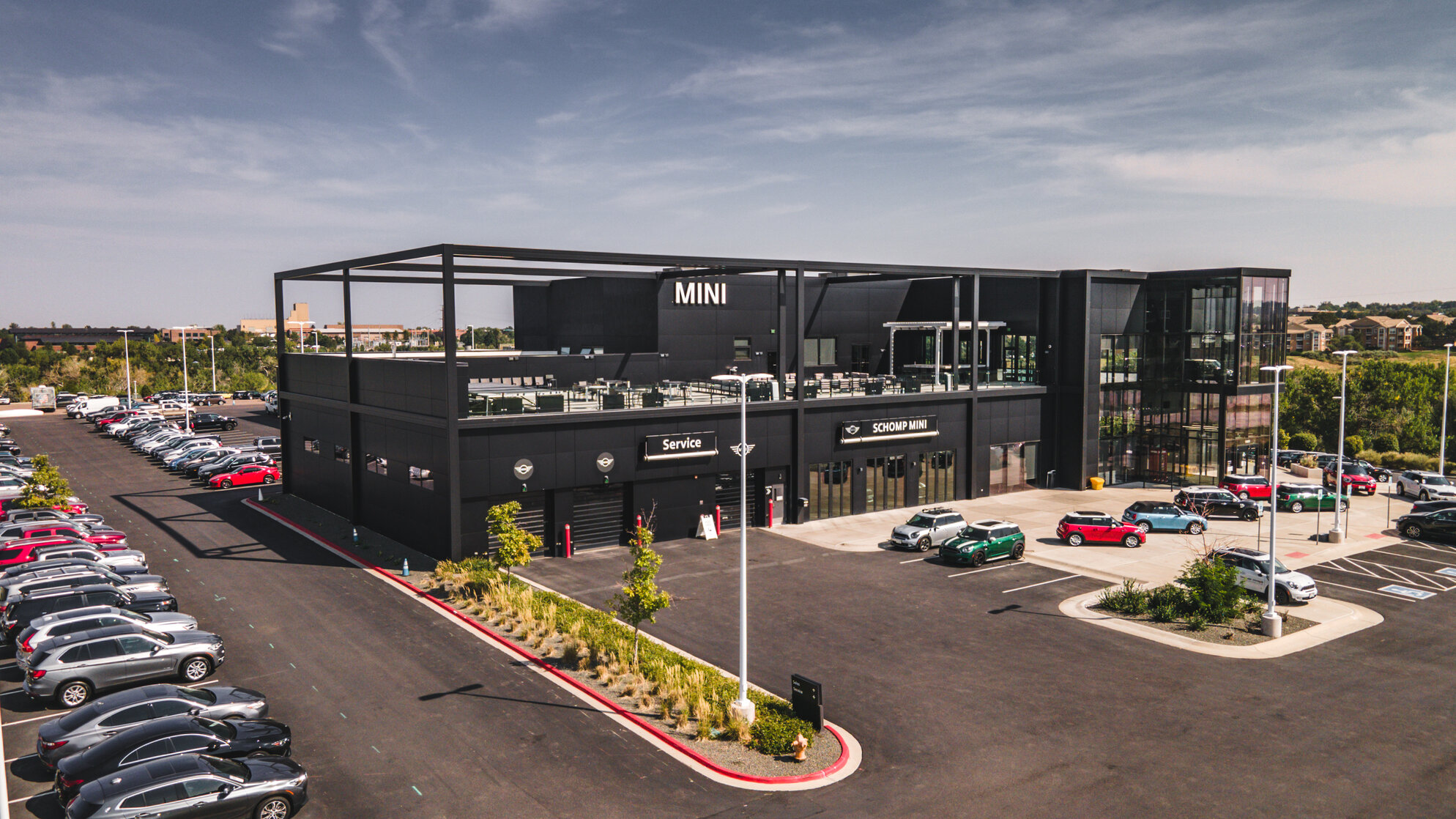The Unexpected Race Car: John Cooper
The year is 1952, and UK-based vehicle manufacturer The British Motor Corporation Limited (BMC) had been formed to solidify the merger of the Morris and Austin brands. At the same time, auto racing legend John Cooper was selling and racing his rear-engined, chain-driven Cooper racing cars throughout the world.
Rewind to 1938 when Cooper, then 15 years old, had left school to become an apprentice toolmaker. He was quickly drafted by the Royal Air Force, serving in World War II as an instrument maker. John’s father, Charles Cooper, ran a small garage that specialized in maintaining racing cars. At the conclusion of John’s service, he and his father began building simple, inexpensive single-seat racers for privateers, much of the time from surplus military hardware.
Cooper’s racers quickly gained popularity and, in 1948, sparked the inception of the Cooper Car Company. Throughout the next decade, scores of famed British drivers including Jack Brabham, Stirling Moss, and Bruce McLaren made Cooper’s Formula One cars a part of their on-track careers.
In 1959, BMC’s original two-door MINI was born, featuring a space-saving front-wheel-drive layout. The concept, penned by Designer Sir Alec Issigonis, allowed 80 percent of the vehicle’s floorpan to be used for passengers and luggage.
John Cooper, who was good friends with Issigonis, saw the potential of the little car. After much convincing and experimenting, in September 1961, the Austin Mini Cooper and Morris Mini Cooper made their debut, “turning up the wick” on the everyman MINI platform.
Under the hood of the Cooper was a 997 cc four-cylinder engine boasting 55 HP (up from 34 in the Morris Mini-Minor). Reigning in the power were a pair of seven-inch disc brakes, a first at the time in such a small car. Further variations of the Cooper were designed to meet the homologation rules of Group 2 rally racing. The MINI Cooper S debuted in 1963 with a 1,071 cc engine and larger disc brakes. Cooper also produced two publicly-available high-performance models designed for circuit racing, packed with either 970- or 1275-cc engines.
By the time production of the first-generation Cooper ended in 1967, more than 12,000 had been sold to the public, proving that a nimble, economical, and inexpensive car could also be profitable and desirable. Sales continued in the UK through 1971, at which time the Cooper name was discontinued from the MINI range.
Though Cooper’s involvement with the original MINI ended at that time, racing and rally drivers continued their love affair with the cars. So influential was Cooper within the company’s success that, when BMW bought the MINI nameplate in 2000, he and his son Michael were invited back for the new-generation Cooper’s development.
Subsequently, Michael had founded John Cooper Works, a MINI tuning company, that same year. Both father and son used their creative capital to ensure the new MINI was as much a performance icon as its predecessor. Unfortunately, John Cooper passed away on December 24, 2000, never able to witness the fruits of his revitalized labor come to life.
Still, John Cooper Works (JCW) lived on producing dealer-installed tuning kits which maintained the integrity of the new MINI’s factory warranty. In late 2005, the Cooper S could be ordered straight from the factory with a JCW tuning kit installed, boosting power to 210 HP. An uprated cylinder head, supercharger, spark plugs, injectors and exhaust system were fitted along with a remapped ECU and updated air intake system.
In mid-2008, MINI began offering a dedicated factory-built JCW vehicle, dubbed the MINI John Cooper Works. More than just a Cooper S with a power kit, the new MINI JCW offered 211 HP, an electronic limited-slip differential, Dynamic Traction Control (DTC), and Brembo four-piston JCW-specific brakes.
Five years later, the 2013 John Cooper Works GP debuted, boasting a 218 HP direct-injected four-cylinder turbocharged engine. The modern mill rocketed the car from 0-60 MPH in 6.1 seconds, on its way to a 150 MPH top speed. Seventeen-inch MINI Challenge wheels, custom-designed high-performance Kumho tires, adjustable coil-over suspension and six-piston Brembo brakes, among many other upgrades, made the GP a true homologation of Cooper’s rich racing heritage – an effect which can still be felt throughout the MINI lineup to this day.


